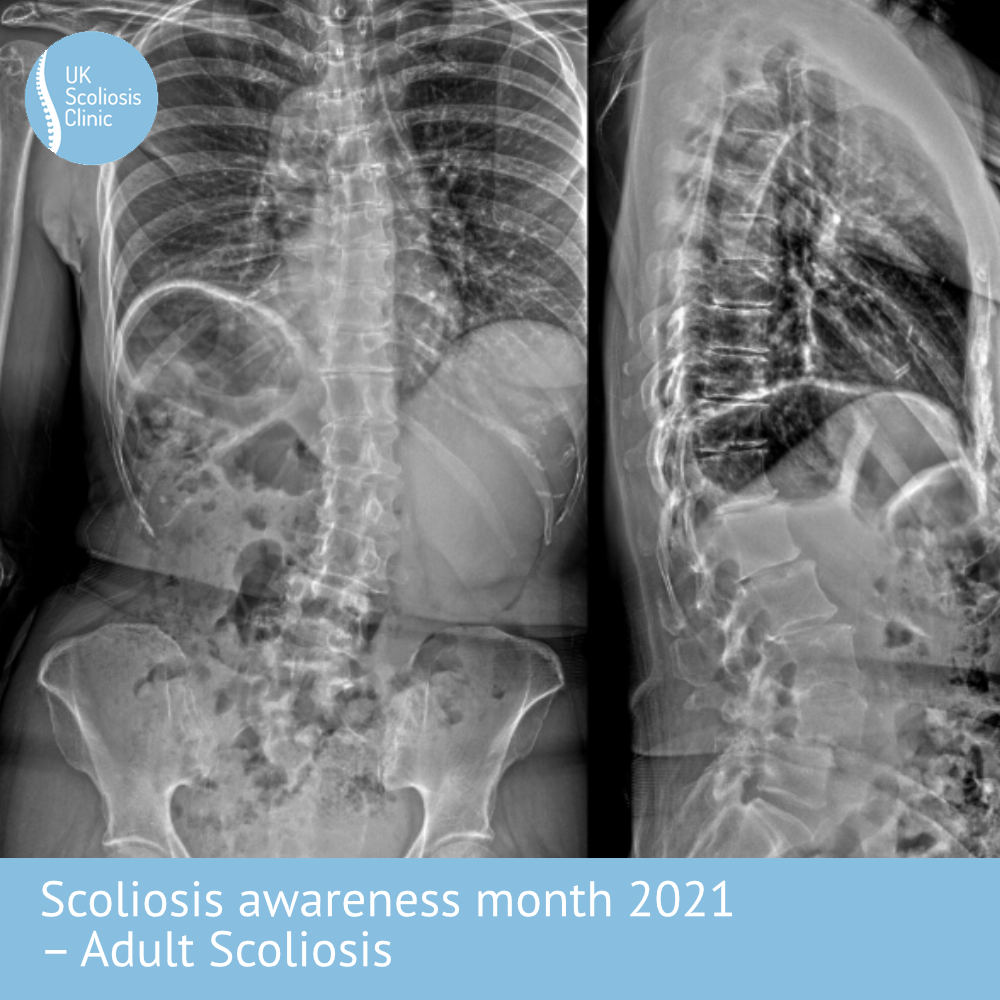
World spine day is here again, and it’s an excellent opportunity for us to reflect on the importance of spinal health. Unfortunately, the ongoing pandemic restrictions mean we won’t be able to offer any events in the clinic this year, however, we’re encouraging all of our patients and followers to help us raise awareness this month and especially his week!
What’s world spine day?
Taking place on October 16 each year, World Spine Day highlights the burden of spinal pain and disability around the world. With health professionals, exercise and rehabilitation experts, public health advocates, schoolchildren and patients all taking part, World Spine Day is one of the few awareness days which is truly celebrated on every continent.
World Spine Day highlights the importance of spinal health and well being. Promotion of physical activity, good posture, responsible lifting and healthy working conditions will all feature as people are encouraged to look after their spines and stay active. This is more important now than ever, since an estimated one billion people worldwide now suffer with spinal pain. It affects people across the life course and is the biggest single cause of disability on the planet. Effective management and prevention is therefore key and this year’s World Spine Day will be encouraging people to take steps to be kind to their spines.
BACK2BACK
Each year, world spine day has a different theme and focus – and this year it’s “BACK2BACK”.
According to the organisers, the theme reflects the need to reset and refocus on spinal pain and disability as part of the global burden of disease – this seems especially relevant given all the focus we’ve put on COVID-19 over the last few years. With a bit of luck, the fight against COVID-19 is nearing its end, but the fight against spinal pain and disability goes on!
This World Spine Day, the objective is, therefore, to call for action to focus on the global burden of spinal disorders and get “BACK2BACK”, the main thrust of the campaign is on highlighting the challenges of living with low back pain and a need for society to prioritize a condition that is more prevalent than cancer, stroke, heart disease, diabetes and Alzheimer Disease combined. The campaign calls for greater global commitment to tackling spinal pain and disability by governments, communities and public health bodies. World Spine Day also recognizes the lack of access to quality spine care and rehabilitation in under-served communities – For many populations, spinal pain and disability is not just a minor inconvenience – it can mean not being able to work and provide food and sustenance.
While back pain isn’t the first thing which comes to mind when we talk about Scoliosis – this theme actually comes at an excellent time for the Scoliosis field, as it is now starting to be recognised that Scoliosis can, and often does cause spinal pain. We’ve written numerous articles on this over this year and we’d recommend you check them out!
The objective for 2021
The aim of the BACK2BACK campaign will therefore be to focus on highlighting ways in which people can help their spines by staying mobile, avoiding physical inactivity, not overloading their spines and adopting healthy habits such as weight loss and smoking cessation. To this, we’d like to add the need to focus on spinal screening, especially for those suffering from pain. In many cases, Scoliosis will not be the cause – but early detection of scoliosis (as well as any other spinal condition) can be a significant factor in the success and quality of treatment outcomes.
BACK2BACK will focus attention on spinal pain and disability at home, in the workplace, in schools and in our communities. The World Spine Day organizing committee Chair, Richard Brown, said, “Public health initiatives like World Spine Day are critical in raising awareness, providing information and empowering the public to care for their spines.” “For spine health experts, World Spine Day provides a perfect opportunity to meaningfully contribute and proactively participate in their communities.” “We call on all spine health professionals worldwide to get involved in World Spine Day 2021’s BACK2BACK campaign”.













